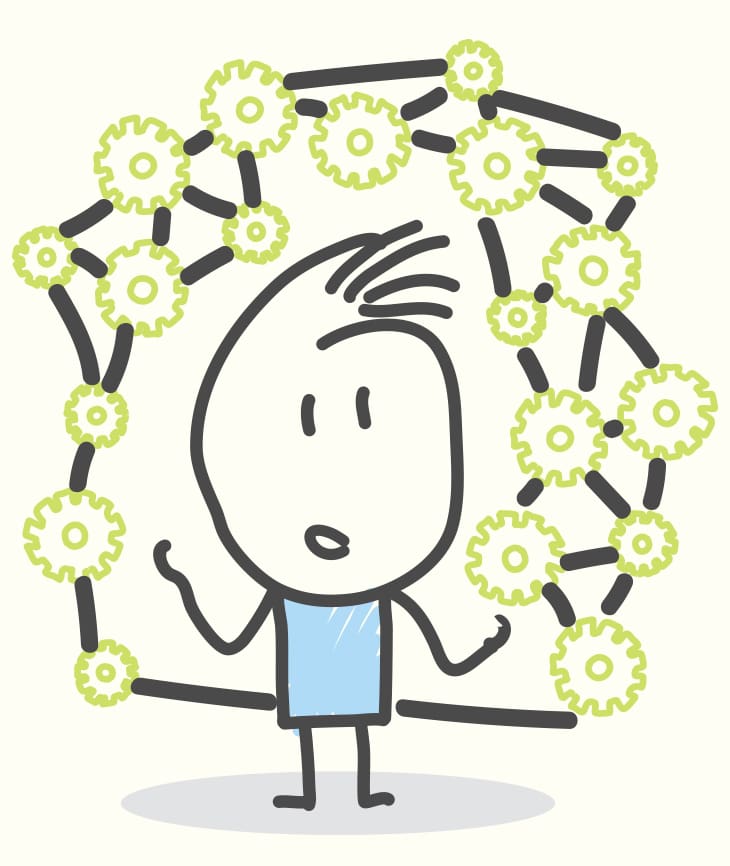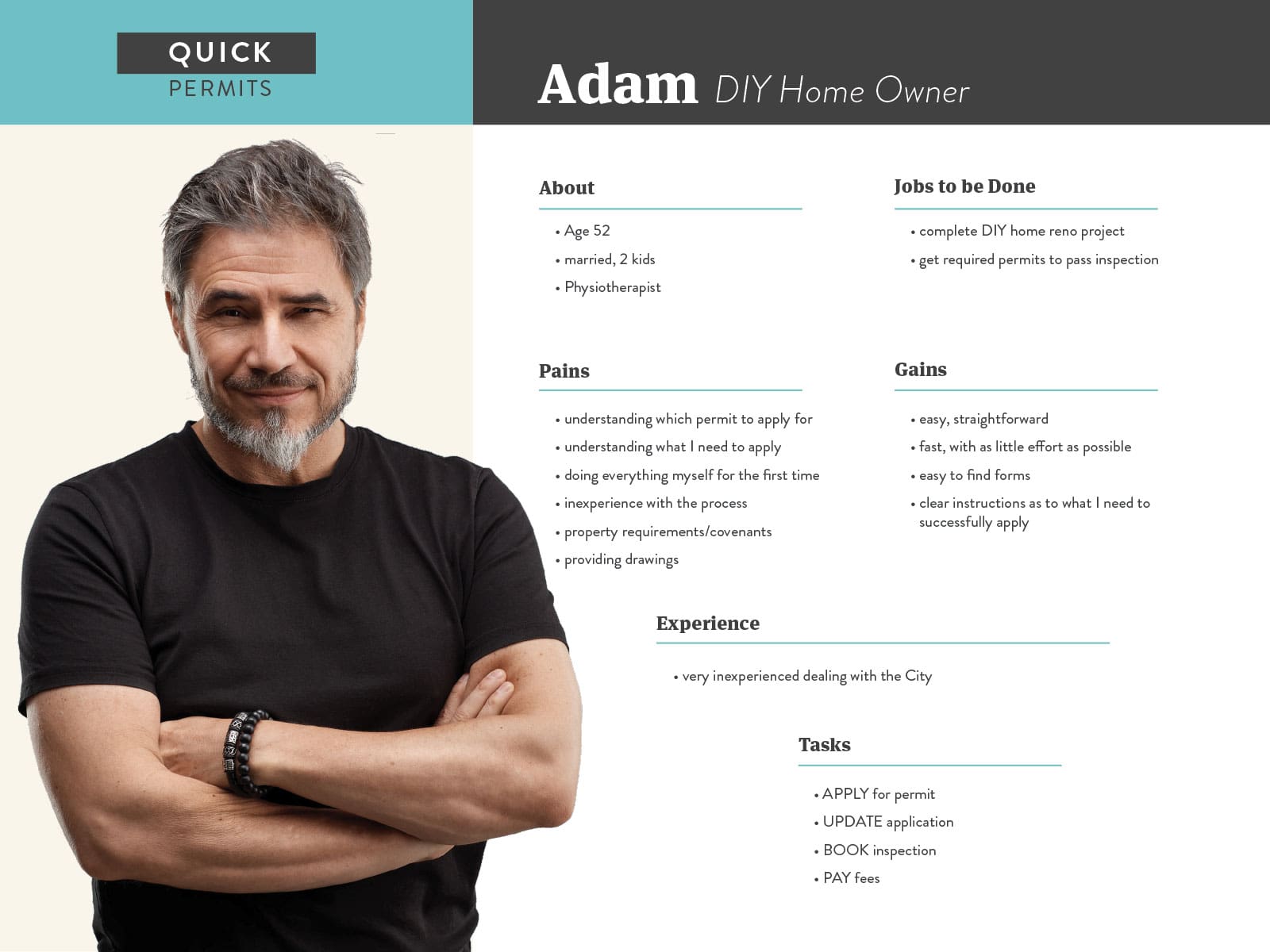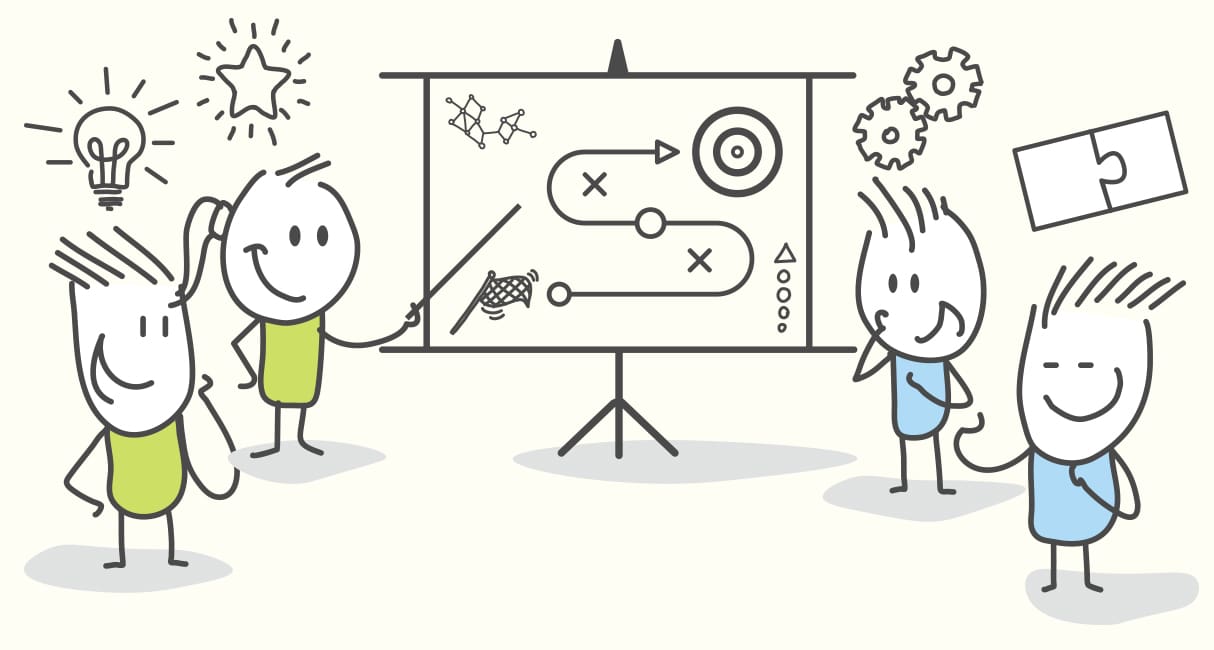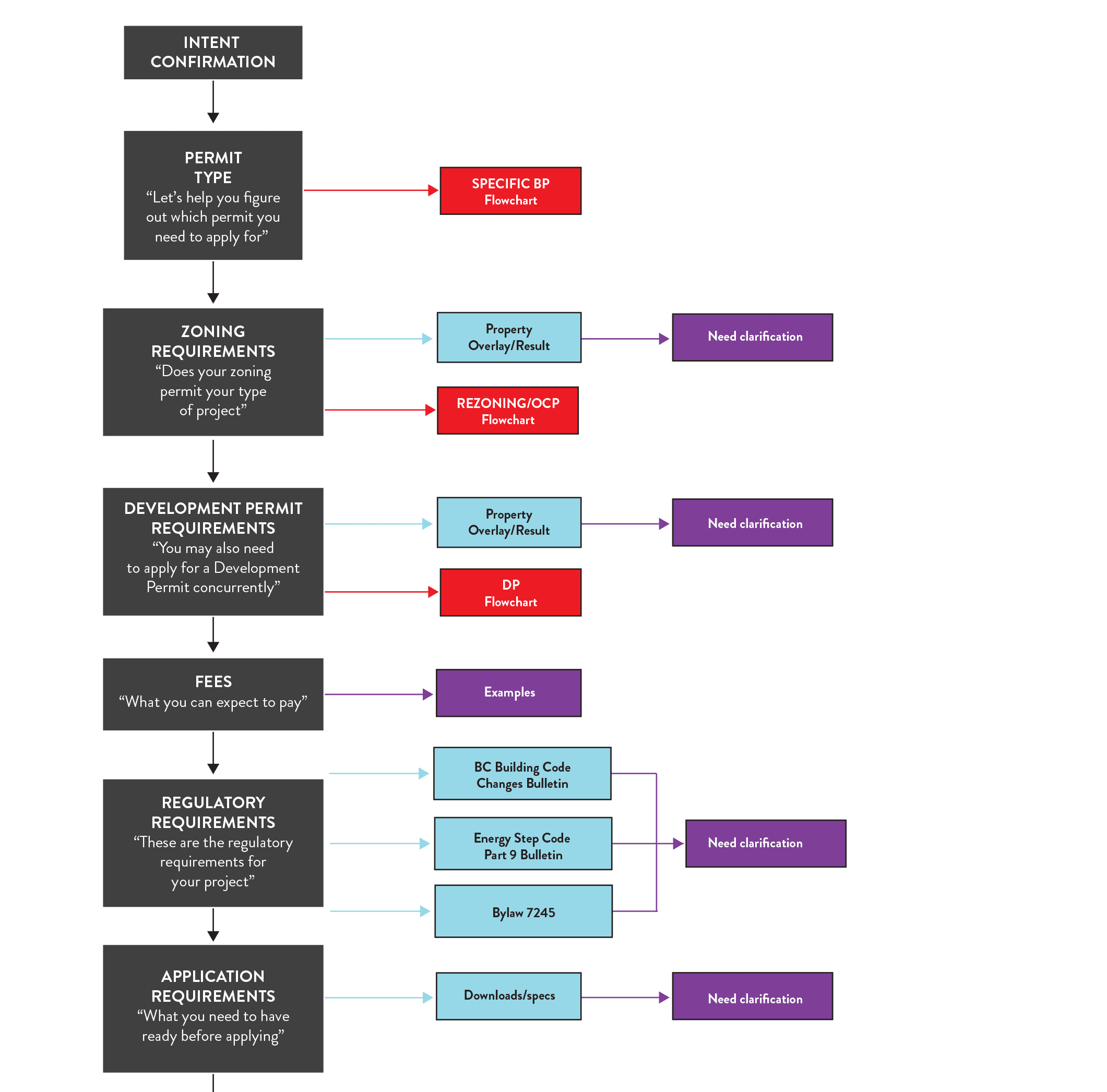Case study
Using AI to tackle the housing crisis

the challenge
solving the right problem

Guiding Questions
-
Who applies for Building Permits? What are their unique needs, background, experience, and context?
-
Where are the delays, obstacles, and barriers in the existing service experience?
-
What are the other important factors we need to consider?

Even though there are several online resources, most people rely on front-line staff to help complete their applications, understand what they are allowed to do on their property, and navigate the process.
With limited staff resources, these smaller permits and inexperienced applicants were taking up a lot of staff resources.

Many companies have their front-line staff apply for permits on their behalf, with a wide variety of experience and expertisethat could have serious consequences for timelines.
Analysis revealed that overall, nearly 70% of all initial applications were incomplete, incorrect, or both, resulting in significant delays and requiring considerable front-line staff support to provide a complete application to start the process.
This was identified as a key bottleneck in the process.

Key Insight
The online resources supporting building permit applications were written in policy jargon, disconnected, not user-friendly, and sometimes contradictory.solving the problem RIGHT
Once we confidently understood the problems we needed to solve, it was clear that AI was the right solution:
- to connect people to needed resources from several disjointed sources in one single, user-friendly interface;
- to help interpret policy jargon and respond accurately to questions phrased in normal language;
- to guide new applicants through the process and answer questions to reduce the impact on staff.

Mapping the User Journey

Tools & Methods
Service Mapping
User Research
Journey Mapping
User Experience Blueprinting
Service Design
Wireframing
User Testing
Prototyping
User Experience Design
Conversational UX Design
AI Design
